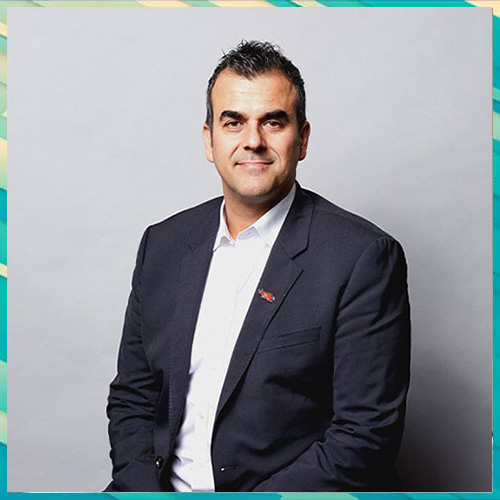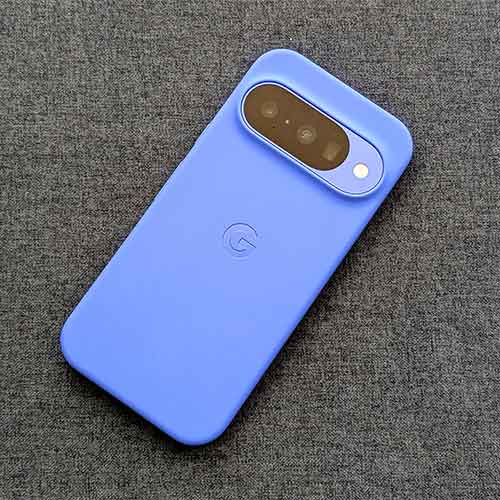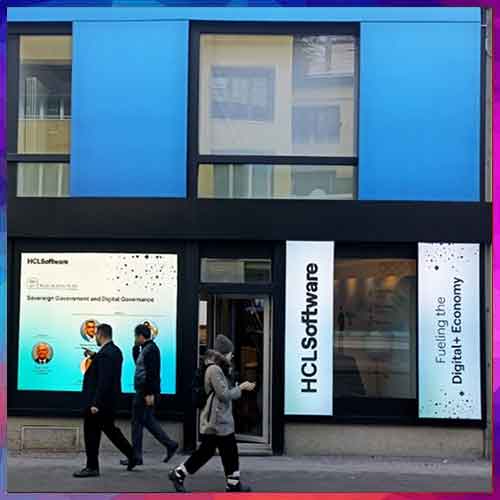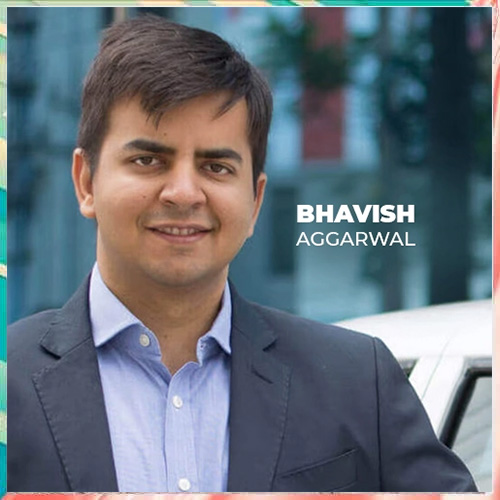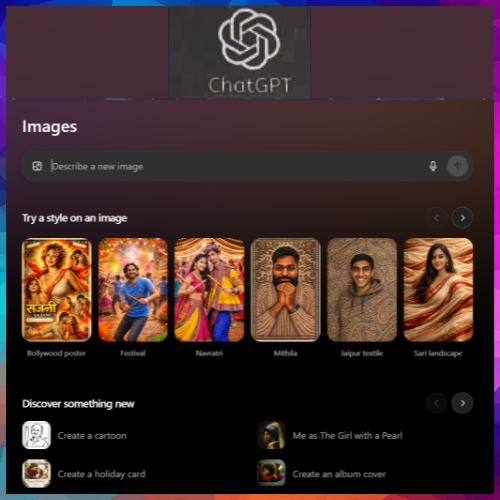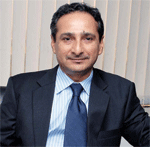
Ranjit Yadav,
Country Head - Mobiles & IT,
Samsung India
How has been the journey of Samsung when it comes to selling of its smartphones versus its entry-level phones in the Indian market?
The Samsung smartphone portfolio, which was launched in June 2010 with Galaxy S and Wave, has come a long way with the total Smartphone portfolio now consisting of eight smartphones on almost all the popular platforms like - “bada”, Android and Windows. Our aim is to establish Samsung Mobile brand as a leading Smartphone brand in India.
The smartphone market in India is expected to be around 4% of the total handset market. In the year 2011, we expect to capture over 30% of the smartphone market in India.
Samsung is a full-range player and the emphasis on developing each category of the mobile business is imperative for us. As a result, we have systematically enhanced our entry-level category both in product offering and price points. The Guru series currently has 12 models at a price range of Rs.1,350/- to Rs.4,425/-. In the Dual-SIM category too, we currently have 9 models at a price range of Rs.2,020/- to Rs.12,300/-, whereas our smartphones are priced in the range of Rs.8,800/- to Rs.31,500/-.
How do you position your smartphones or feature-rich phones vis-à-vis focussed players like Blackberry, etc? How do you see the competition and propose to target the market?
The Samsung smartphone portfolio is positioned to “democratize the Smartphone experience” by providing an immersive and intuitive experience. The power of Samsung smartphones lies in their performance capabilities, features and affordable pricing. This year, Samsung also launched “bada” - its proprietary open OS which further open up a sea of content for the users. The entire smartphone category ranges from sub-Rs.10k to sub-Rs.32k with each device encapsulating the main features of the platform it operates on.
Moreover, Samsung is platform agnostic. Our aim is to provide users choice - choice in terms of the platforms they use and applications they want to access. As a result, we support both Android and Windows platform along with our very own “bada”. Our objective in the smartphone category is also to enable the developer ecosystem. Through “bada”, we are continuously striving to do so and create rich content for the users.
How do you place your brand when there is mushrooming of many domestic handset importers? Do you think they are able to tap the smaller towns better?
I think the reason why we have been able to grow and strengthen our position in the Indian market is because we have been able to continuously launch innovative new products in the Indian market - not only for a specific market vertical but across different segments of the market. We are a full-range player in the Indian market with product offerings across the Essential, Dual-SIM, Multimedia, TouchScreen and Smartphone segments.
How many handsets do you have at present? What is your current market share?
We have over 50 models from entry-level to mid-range to high-end, including smartphones. The current market share of Samsung, as of November 2010, is 22% by value and 20.3% by volume.
Do tell us something about your channel presence in the country?
We have a presence in over 60,000 retail outlets all over the country.
What are your future plans?
We would maintain the momentum in 2011, which comprises of focus on strengthening our channel presence as well as enhancing our product lineup across different product segments.
What is the break-up of sales happening from traditional retailers and LFRs?
All form of sales counters - be it big or small - are equally important for us.
How are you addressing the after-sales services?
We have close-to 1,200 Samsung after-sales service counters across India to cater to the service needs of our growing Indian consumer base.
For more contact:
beenish@varindia.com
See What’s Next in Tech With the Fast Forward Newsletter
Tweets From @varindiamag
Nothing to see here - yet
When they Tweet, their Tweets will show up here.







